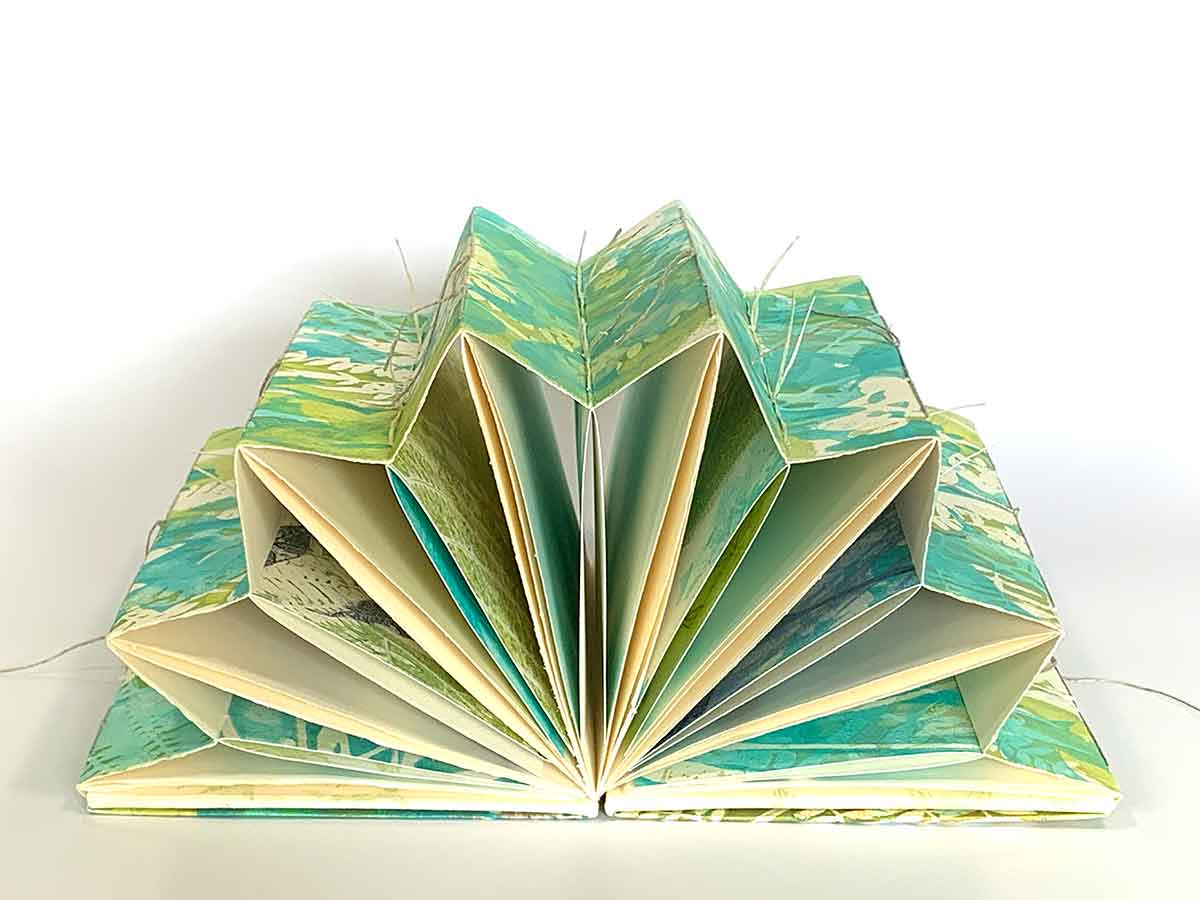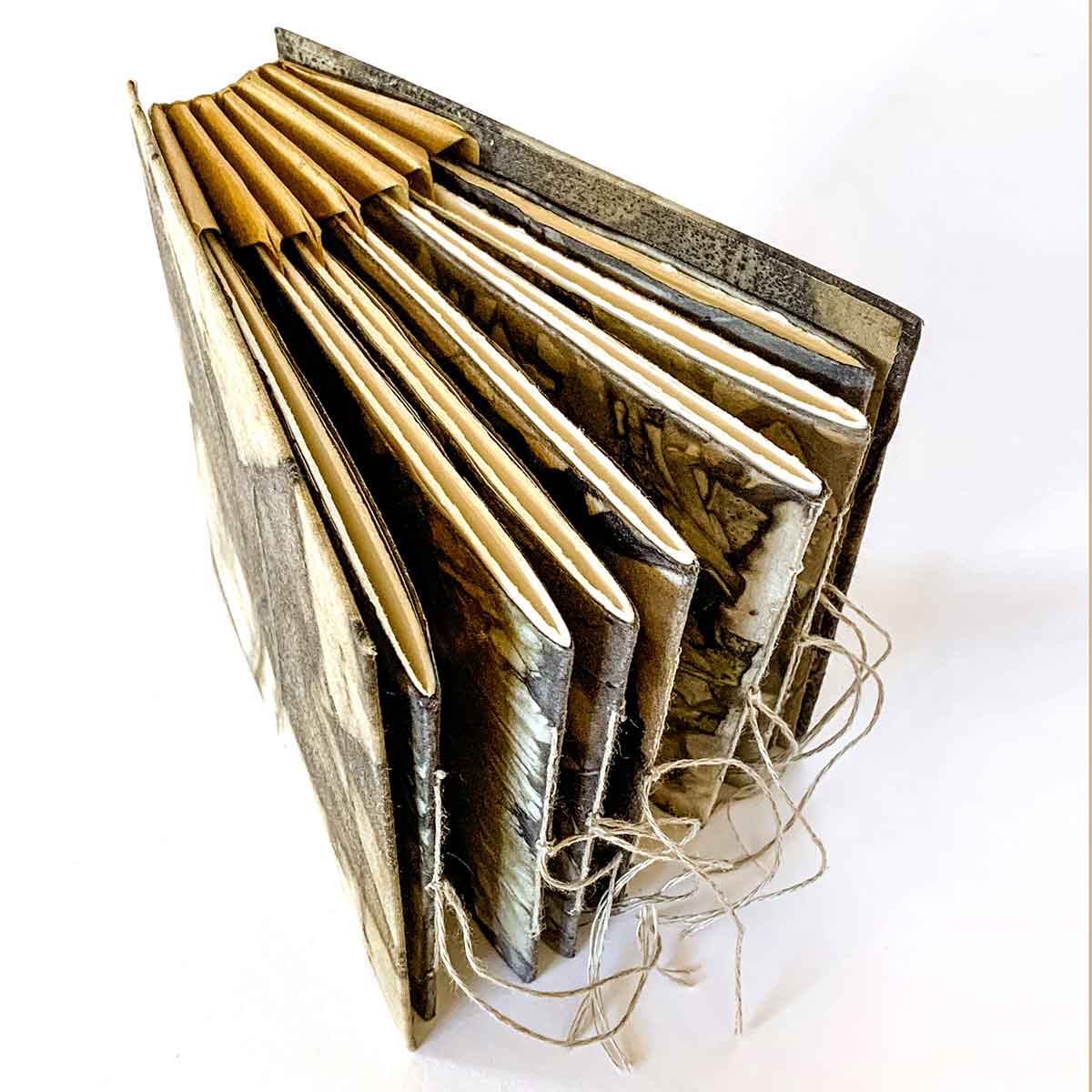The Secrets Behind Successful art book Projects
The Secrets Behind Successful art book Projects
Blog Article
Discover the Crucial Guide to Art Book Printing for Aspiring Artists and Publishers
As an ambitious musician or author, understanding the nuances of art book printing is necessary to bringing your vision to life. What are the vital elements you should focus on to produce a sensational art book that absolutely represents your job?
Recognizing Different Types of Art Books
When you plunge into the world of art books, you'll rapidly find that they are available in numerous kinds, each customized to various imaginative expressions and target markets. Coffee table books frequently showcase spectacular visuals, ideal for casual browsing, while monographs dive deep into an individual artist's work, offering context and insights. If you're interested in particular art motions, exhibition brochures supply in-depth documents of programs, featuring essays and critiques.
For training functions, art handbooks and technique books guide you via numerous tools and styles, making them vital for aspiring artists. Ultimately, minimal edition or artist publications obscure the lines between art and literature, often including special style elements or hand-made attributes. Recognizing these types helps you identify what resonates with you and what could finest match your audience. Each layout serves its purpose, and recognizing their distinctions can boost your art book journey.
Choosing the Right Paper and Products
Picking the right paper and materials can substantially impact the general high quality and feeling of your art book. For vibrant colors and complex information, decide for a glossy finish or a heavyweight matte paper that improves aesthetic deepness.
Consider the weight of the paper, too. Thicker choices commonly offer a more professional appearance, while lighter papers can decrease printing prices. Do not forget about the binding materials; a durable cover can secure your web pages and contribute to guide's visual.
Ultimately, take into consideration sustainability. Eco-friendly alternatives are obtaining appeal and can show your values as an artist. By carefully selecting your paper and products, you'll assure that your art book not only looks terrific however also really feels unique in the hands of your visitors.

Selecting the Ideal Printing Methods
When it comes to publishing your art book, selecting in between balanced out and digital printing can considerably influence your last product. You'll additionally intend to consider exactly how paper quality impacts the overall look of your art work. Let's discover these key printing strategies to discover the ideal suitable for your task.
Countered vs. Digital Printing
While both countered and electronic printing have their advantages, picking the appropriate method for your art book can substantially influence the final item. Balanced out printing offers premium images and dynamic colors, making it perfect for larger print runs. Inevitably, your option ought to straighten with your creative vision and distribution strategy, ensuring that your art book mirrors the top quality you desire.
Paper Top Quality Factors To Consider
Selecting the best paper quality can significantly enhance the aesthetic allure and tactile experience of your art book. For prints, a glossy surface can make pictures pop, while a matte surface gives a softer, more refined appearance.
Following, think of the sustainability of your option. Environment-friendly options are coming to be increasingly prominent and can attract environmentally-conscious readers. Ultimately, request examples to see just how different papers function with your artwork, making sure the last product shows your vision perfectly.
Guaranteeing Shade Accuracy in Your Prints
To accomplish stunning prints, you need to concentrate on shade accuracy from the beginning. You'll intend to utilize shade calibration techniques to verify your display and printer remain in sync. Additionally, proofing your job prior to the final print run can assist capture any discrepancies, assuring your art looks simply as you visualized.
Shade Calibration Strategies
Assuring shade accuracy in your prints starts with effective shade calibration strategies that assist preserve consistency in between your electronic pictures and final published items. Next, select a color profile suited for your printing process, like CMYK for print products. By consistently using these methods, you'll improve the overall top quality of your art prints and far better communicate your artistic vision.
Proofing for Precision
While you may believe your electronic photos are prepared for print, proofing is important for achieving shade accuracy. Prior to dedicating to a full print run, constantly request a Continued proof from your printer. This enables you to see how shades equate from display to paper. Compare the proof with your adjusted monitor to detect any type of discrepancies. Take notice of saturation, brightness, and tone, as these aspects can drastically impact your end product.
If changes are needed, connect clearly with your printer regarding your wanted outcomes. Do not be reluctant to demand numerous proofs if needed; it's worth the investment to obtain it right. Inevitably, extensive proofing warranties that you could look here your art work is represented as you imagined it, keeping your artistic stability throughout the printing procedure.

Designing Layouts That Enhance Your Artwork
When you create formats for your art book, it's necessary to contemplate how each element communicates with your artwork. Objective for a balance between visuals and text, guaranteeing neither overshadows the other. Use white space strategically; it offers your art work area to take a breath and accentuates its details.
Consider the flow of your book. Set up pictures in such a way that guides the reader's eye, creating a story or thematic development. art book. Differ the sizes and orientations of your artwork to keep the design dynamic and interesting
Select fonts that enhance your art work without distracting from it. Keep message succinct and appropriate, offering context or insight that boosts the customer's experience.
Lastly, test various designs. Print examples to see just how the styles convert theoretically, and readjust as needed. By attentively developing your formats, you'll produce an aesthetically interesting art book that resonates with your audience.
Binding Alternatives for an Expert Finish
Picking the right binding alternative can greatly influence the general presentation of your art book. You'll wish to take into consideration both appearances and longevity when making your option. Popular options consist of ideal binding, which supplies a smooth appearance and is ideal for thicker publications; saddle stitching, perfect for smaller pamphlets; and spiral binding, which allows web pages to lay flat for simple watching.
If you're aiming for a costs feel, instance binding is an outstanding selection, providing a strong cover and a professional appearance (art book). Do not fail to remember concerning the cover material; choices like towel, leather, or a shiny finish can raise your book's allure
Whatever option you select, see to it it complements your artwork and boosts the reader's experience. Take your time to evaluate the benefits and drawbacks of each method, so your final product mirrors the quality of your innovative vision.
Preparing Your Data for Publish Readiness
To guarantee your art book is print-ready, you'll need to pay close focus to submit preparation. Begin by establishing your record size to match your read what he said desired print dimensions. Usage high-resolution photos-- 300 DPI is the standard-- to determine sharp, vivid visuals. Transform your documents to CMYK setting, as this color space is best for printing. Don't fail to remember to consist of hemorrhage locations, generally an extra 0.125 inches around your pages, to avoid any type of white edges after trimming.
Additionally, install your typefaces or transform message to lays out to stay clear of any kind of typeface concerns. Conserve your operate in a PDF layout, as this is one of the most approved data kind for printers. Confirm your declare any type of typos or design errors, as adjustments can be costly after the reality. Finally, consider developing an evidence to assess prior to the final print run. Complying with these steps will certainly aid you accomplish a refined, professional art book.
Regularly Asked Concerns
What Is the Average Price of Publishing an Art Book?
The average price of publishing an art book varies, yet you can expect to pay anywhere from $5 to $20 per copy, relying on elements like size, paper top quality, and printing volume.
Just How Can I Discover a Reliable Printing Company?
To locate a trusted printing business, start by looking into online testimonials and asking fellow musicians for suggestions. Compare quotes, examine portfolios, and interact your needs plainly to guarantee they comprehend your vision and quality assumptions.
What Is the Typical Turnaround Time for Printing?
The regular turnaround time for printing differs but normally ranges from one to four weeks. Variables like project intricacy and volume can impact this. Constantly verify with your picked printer for particular timelines and assumptions.
Can I Publish My Art Book in Limited Quantities?
Yes, you can certainly publish your art book in limited quantities. Several printing companies use short-run alternatives, allowing you to create simply the number you need, making it much easier to take care of costs and inventory.
What Legal Factors To Consider Should I Know for My Art Book?
You should think about copyright, licensing contracts, and model releases when developing your art book. Make sure you deserve to use all images and text, securing on your own from potential legal issues later on.
Report this page